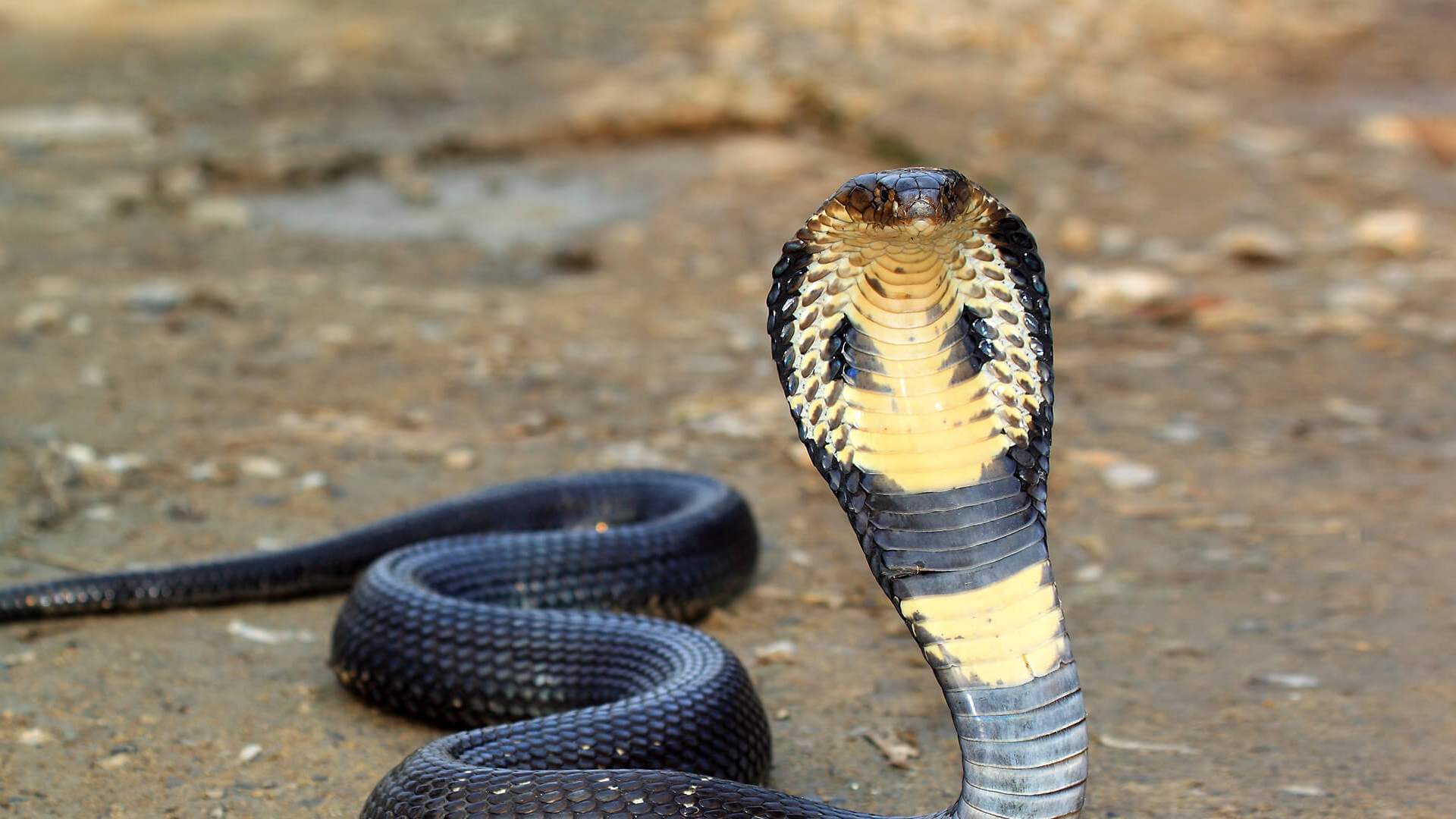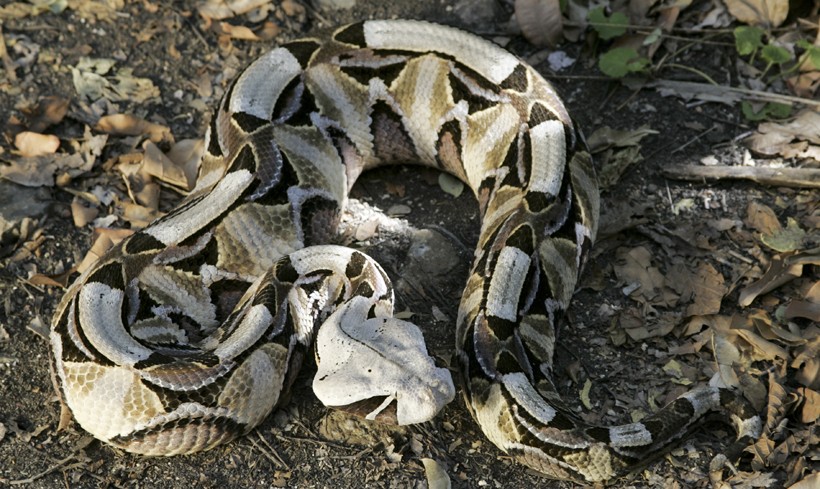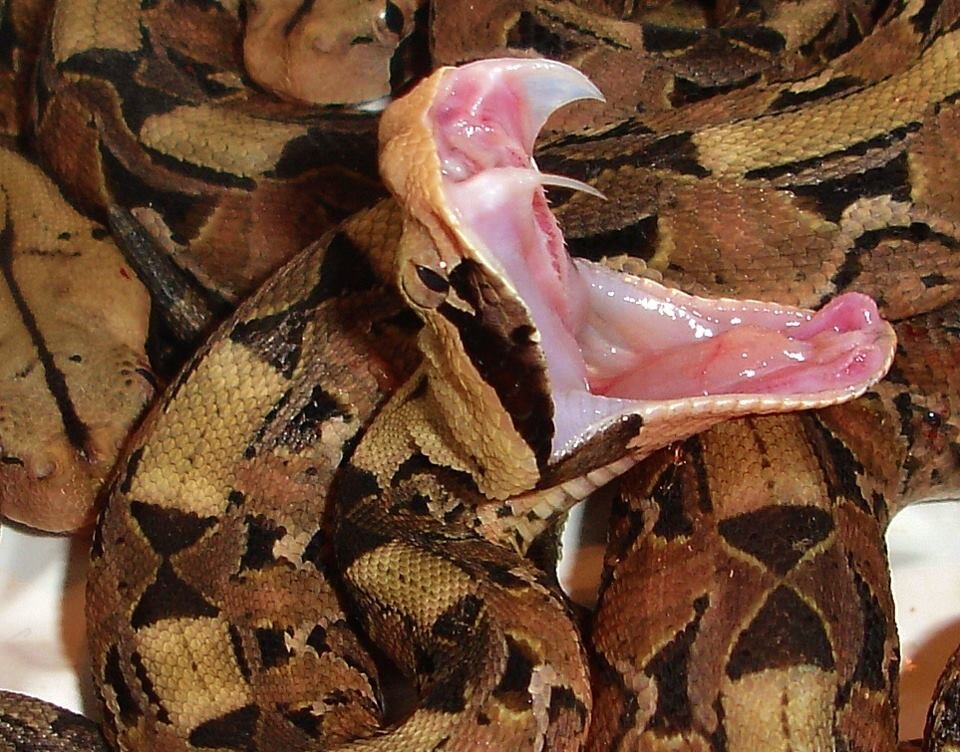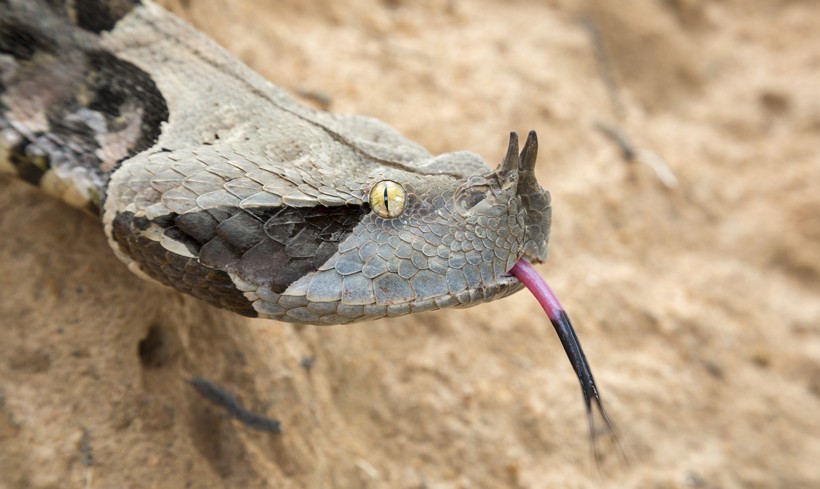Herps
in the News - Evolution of Venom in Cobras
A recent study has come out examining the evolution of venom in cobras and other characteristics these snakes possess which indicate that they are venomous, such as their hoods and warning colors. They found that these characteristics evolved around the same time which may be linked to the function of the venom; while other species may use venom for predation, cobras also use it as a defense mechanism so it makes sense that these warning strategies evolved at the same time.
Researchers say the next step is to do
antivenom testing. They referred to snake bites as one of the most
significant neglected tropical diseases (NTDs) which essentially
means it is a problem that effects people in tropical, and generally
poorer, countries and therefore it is not as profitable for companies
to develop and administer aid. Antivenoms don't have long shelf lives
and they have small markets, so if further research could improve the
situation it would have a significant effect on those affected. They
stated that many people who have been bit by these snakes have to
undergo amputation, thus there is an associated economic burden.
Snake bite victims in these impoverished areas may not be able to
work as much or at all and also put less money back into the local
economy as a result.

Sources:
https://www.sciencedaily.com/releases/2017/03/170314111152.htm













